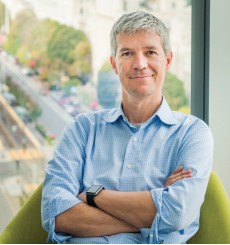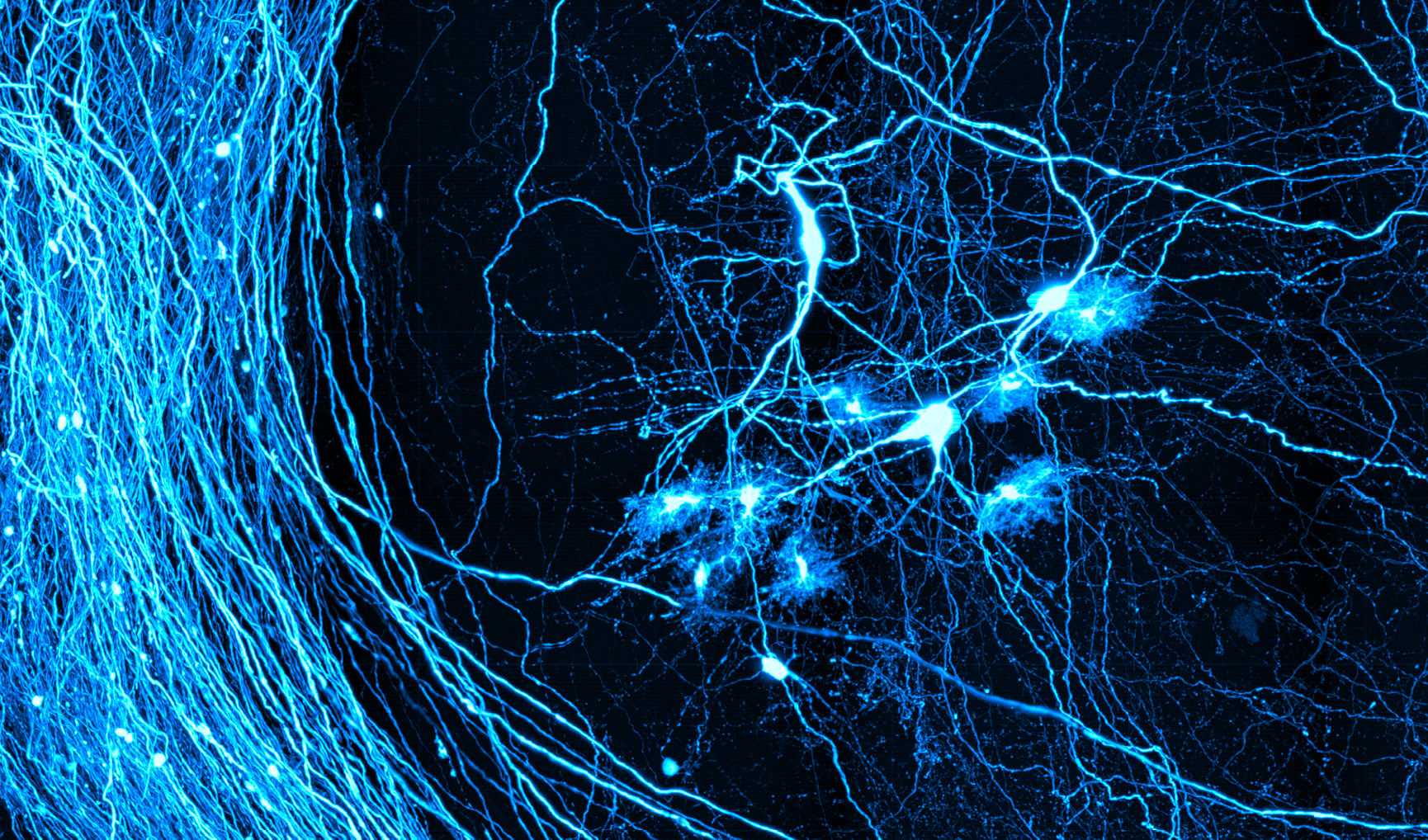Letter from the Director 2019

I am extraordinarily pleased to describe here the activities of the Boston University Neurophotonics Center (NPC) during its second academic year of operation, 2018-2019. The first year saw the construction of the lab facilities for the Center, engagement of 35 faculty members of the Center, establishment of core personnel to facilitate the interaction of faculty members and their trainees with the Center and other Center members, and the member driven initiation of 11 new projects to further the mission of the Center. During this second year of operation, we continue to engage more than 30 active faculty members, we’ve grown an active community of 67 PhD and 15 post-doctoral trainees, 14 PhD students are jointly mentored by NPC faculty, many of the initial Center supported projects have submitted grant proposals, 6 new projects have been initiated, 17 joint papers engaging two or more member labs were published, and 19 Center and Collaborative grants were awarded totaling $7.2 million. All-in-all, we are building momentum delivering on the mission of the Center to build and support an interdisciplinary community that can develop and broadly deploy impactful photonics technologies in the neurosciences to advance our understanding of how the brain works in health and in disease.
A major success of the NPC this past year has been utilizing its funds to initiate collaborative projects that bring together 2 or more member labs to develop new neurophotonics technology to address open challenges in studying the brain. Noteworthy accomplishments of the Center supported projects from the last year include:
- Development of a Wearable Functional Near Infrared Spectroscopy (fNIRS) System for Imaging Brain Activity in Freely Behaving Humans – In parallel with supporting faculty in the adoption of fNIRS for their varied applications, we’ve be developing the next generations (plural!) of fNIRS systems that are wearable and integrated with EEG and other biosensors to provide a more complete understanding of brain activity in human subjects engaged in everyday world activities. In addition to resulting in the award of an NIH R24 and an NIH F31 grant, a team of NPC faculty submitted a major NIH Brain Initiative U01 proposal to revolutionize Neuroscience and Neuroimaging in the Everyday World.
- Development of a Computational Miniature Mesoscope for Imaging Neural Activity in Freely Behaving Animals – Recognizing the need for a wearable mesoscope that could image neural activity over an area up to 1 cm2, Professors Lei Tian and Ian Davison initiated a collaboration to produce the solution. Supported by the Center, they received the Dean’s Catalyst Award in 2018, followed by an NIH R21 award in 2019, that will then lead to an NIH R01 application in the near future. As an outgrowth of this project, NPC Faculty Boas and Tian continue to discuss novel methods to advance neurophotonics and successfully obtained an NIH R01 supplement to develop machine learning approaches in 2018.
- Increasing the Volumetric Imaging Rate of Confocal Microscopy to Image Voltage Indicators with Millisecond Temporal Resolution – This project, led by Professor Jerome Mertz, is supported by the ERC and is being developed in the Center to facilitate interaction with neuroscience faculty. Successful progress of this project has led to initiation of a new project – 2-Photon Reverberation Microscopy – that is a core part of an NIH P41 Biomedical Technology Resource Center that was submitted in September of 2019.
- Developing Functional Ultrasound for Imaging the Brain and Other Organs – Identifying the broad community interest in and the potential to further advance, the Center invested in functional Ultrasound technology early in 2018. Professors Joyce Wang and David Boas have been actively using and developing the technology. Boas leveraged the system to obtain an NIH R01 supplement to further develop the technology for imaging neurodegenerative diseases. Professors Roblyer and Porter are beginning to use the systems this year. And it formed a core part of the NIH P41 proposal that was just submitted.
- Investigation of a Novel Laser for 3-Photon Microscopy For Deep Brain Imaging – This pilot project was started with Professor Siddharth Ramachandran and has now graduated to building a full-blown 3-photon microscope that is being driven by new junior faculty member Ben Scott with Center support. Several other Center faculty are interested in adopting this technology once Ben demonstrates its utility. An important novel opportunity that investing in this infrastructure enabled is that it allowed the launch of a novel project by Professor Mertz to develop 3-Photon Reverberation Microscopy.
Finally, I am very grateful for the fantastic trainees working with the NPC and the collegial Center faculty who are eagerly working together to develop and apply the cutting edge technologies needed to advance our understanding of the brain. I can’t imagine a better environment for open, collaborative, and multi-disciplinary science to take place!
November 2019
Archived Letters
